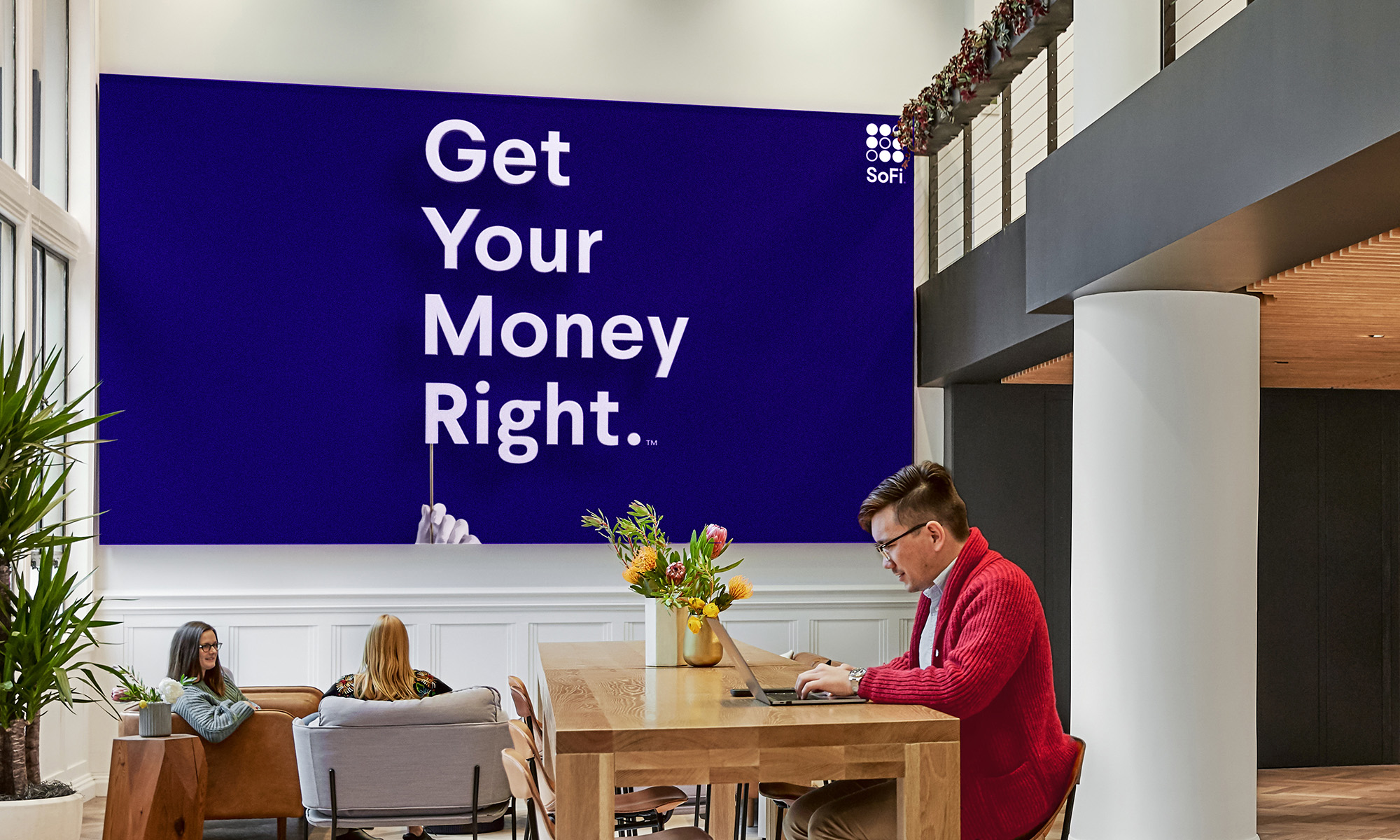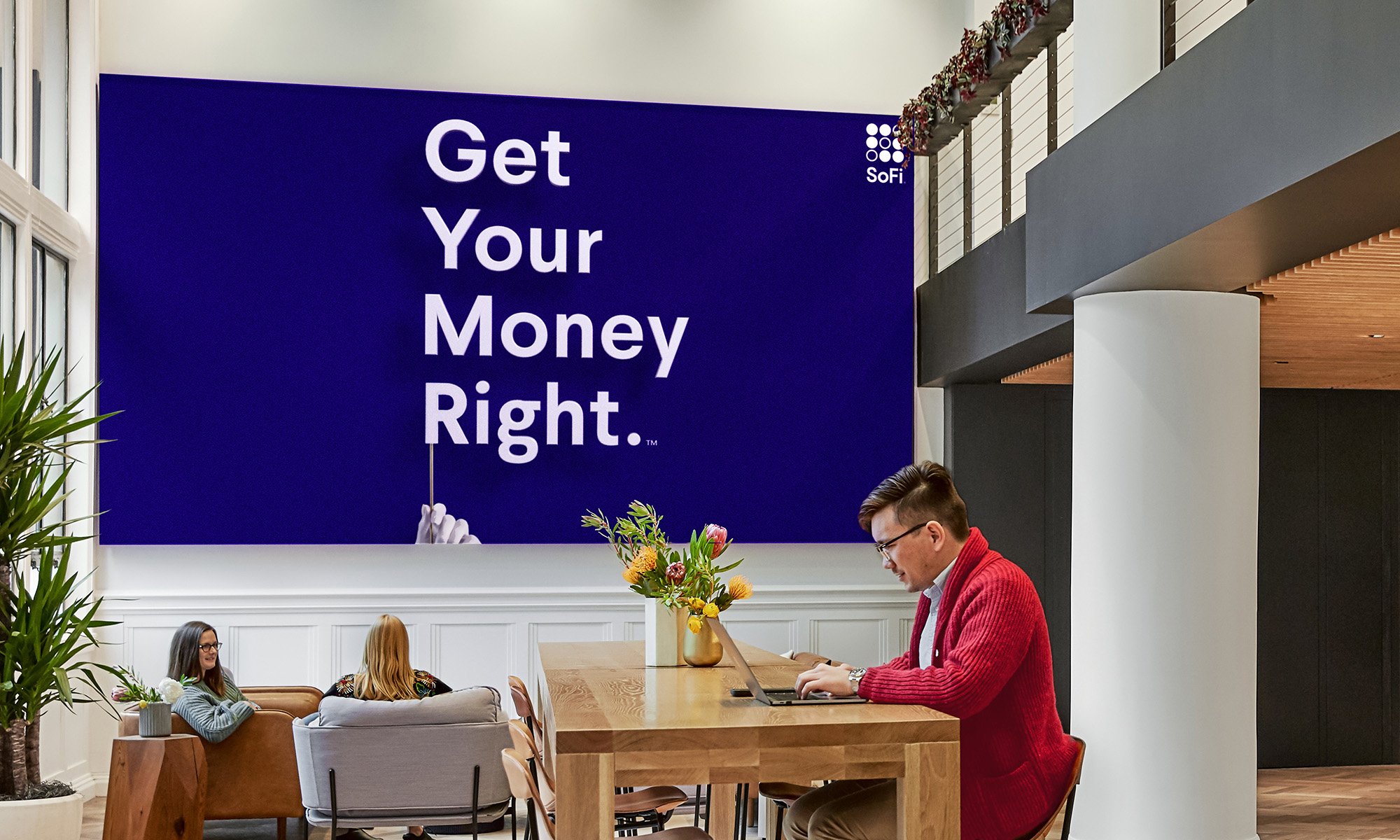While there have been many macroeconomic events over the past few years that have highly impacted financial stocks and company performance, 2025 stands out for the roller-coaster ride of policies and events that are flooding the news and keeping investors on their toes. The market reflects that fact. It fell hard after new tariffs were announced, but it's climbing back up optimistically.
When there's market uncertainty, growth stocks tend to feel it more acutely. Investors rush to safer shores when it's not clear what's going to happen (as if it ever is, but that's a different story), leaving younger, riskier stocks behind.
That's what's been happening with SoFi Technologies (SOFI +1.03%) stock in 2025, which is down 8% year to date. But that could be misleading -- it's more than doubled over the past year. Let's take a look at what's happening at SoFi and whether now is a good time to invest.
Bull case: SoFi has a massive growth runway
SoFi is a young, all-digital bank that's growing by leaps and bounds. It's attracting new members with its easy-to-use app and original marketing, and it's reaching its target market of students and young professionals who are just starting their financial journeys.
It has a strategy of cross-selling and upselling, so it hooks in younger customers and gets them to engage at a high rate and buy more products as they transact on the platform. This is a lucrative core customer base because they are growing in financial prominence, ensuring growth for SoFi as they stay with it long term.
This two-pronged effort -- attracting new members and upselling them -- is leading to robust growth even now. Adjusted net revenue increased 33% year over year in the 2025 first quarter, its fastest growth in the past five quarters. It had a record 800,000 new customers, a 34% year-over-year increase, for a total of 10.9 million.

NASDAQ: SOFI
Key Data Points
SoFi started out as a lending organization and has expanded into a full financial services platform. Its nonlending businesses have been growing quickly, shielding the company from some interest rate impact. The financial services segment has reported blowout results consistently, including a 101% year-over-year sales increase in the first quarter.
The company is constantly launching new products and upgrading the platform to keep up the growth here. It's also a low-cost, fee-based business that helping the bottom line. Financial services contribution margin increased by 299% in the first quarter.
SoFi is just getting started, and it's hard to overestimate its long-term opportunities. It envisions becoming a top-10 bank, and if it can continue to generate new business and capture market share, that's a distinct reality down the line.
Bear case: SoFi is risky and expensive
There are a few factors that could poke a hole into this thesis. One is that SoFi is still young, and therefore, largely unproven. It doesn't have the weight of a JPMorgan Chase or Bank of America to breed confidence in its stability.
It's also still largely a lending business, even though it's doing a great job of diversifying. The lending segment is still more than half of the business, which makes it sensitive to changes in interest rates. Higher interest rates took a toll on this segment when they first went up, and since it still accounts for most of the profits, that eroded investor confidence.
Finally, SoFi stock is expensive, trading at a price-to-book ratio of 2.3.

Image source: Getty Images.
Verdict: Growth wins out
While not discounting the negatives, I see the positives winning out. Although it's fairly young, SoFi has been tested in challenging circumstances and performed well. This isn't a bank that's seeing endless good times because of a strong economy that could sink when it changes. It's demonstrating resilience under pressure, becoming profitable just as the economy was starting to feel interest rate pressure.
In terms of lending, it ended up doing much better last year than management originally suggested. As it continues to build up the lending business, it's already reporting improved default rates. The expansion in the platform is also easing some of the pressure.
Finally, as for being expensive, it deserves some premium for its growth and opportunities. It's growing much faster than perhaps any other bank in the U.S. On a trailing one-year basis its P/E ratio is 31, which is reasonable for its growth levels. If you have some appetite for risk and a long time horizon, SoFi could be part of your portfolio's growth engine.
Editor's note: This article has been corrected. SoFi's trailing P/E is around 31.





